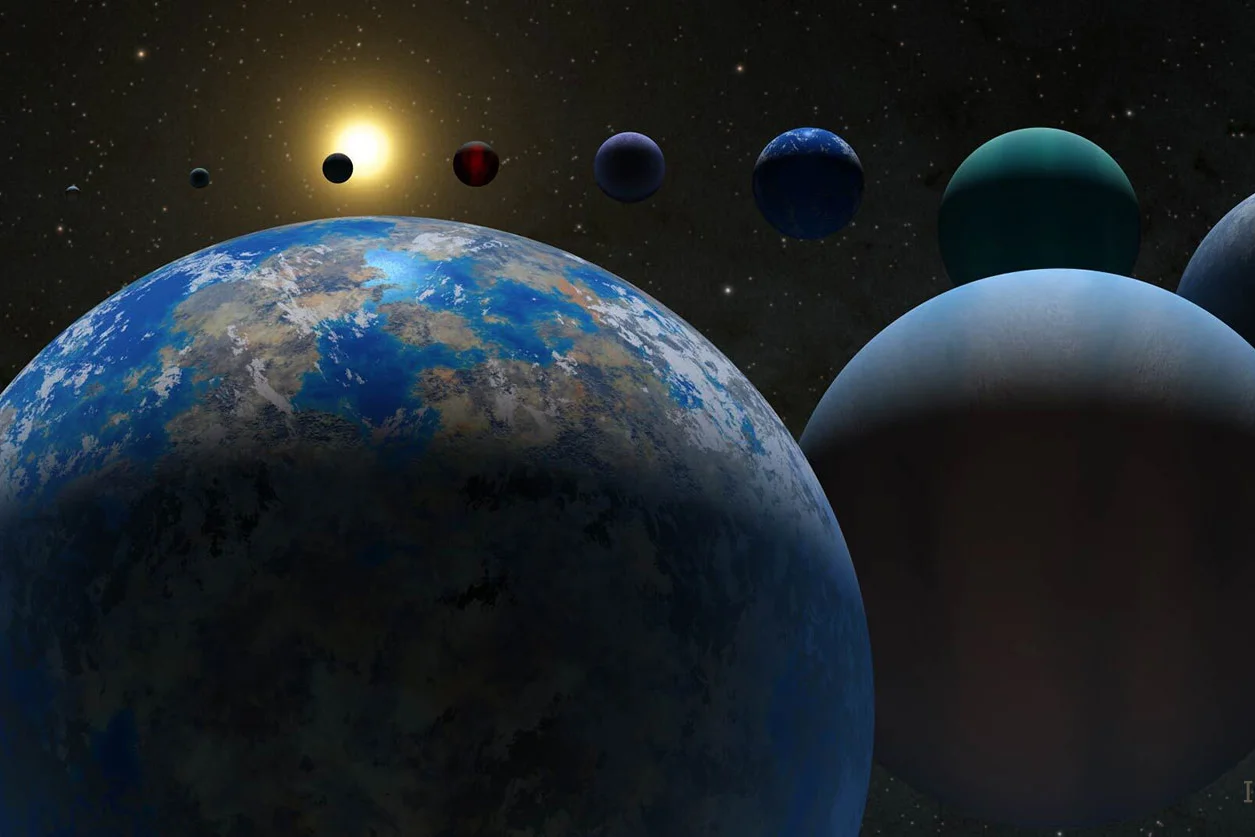Within the celestial tapestry, white dwarfs—the fading embers of once-vibrant stars—have long captivated the curiosity of astronomers. These compact, dense relics hold secrets that could reshape our understanding of the cosmos. Recent discoveries suggest that these celestial remnants may be harboring a surprising bounty: exoplanets capable of supporting life. Join us as we delve into the fascinating realm of white dwarfs and explore the mind-boggling possibility that they could be teeming with habitable exoplanets.
White Dwarf Stars: Unexpected Potential for Habitable Exoplanets
Pockets of habitability could exist in the binary systems formed by a white dwarf star and a luminous secondary. These stars represent a very peculiar stage in the life cycle of so-called Sun-like stars. The dwarf’s dead stellar husk is just a tiny fraction of its original size and eventually doomed too become a cold, inert ball of carbon.however, researchers have found that planets around these dying stars might be able to support life, thanks to some starlight donations from thier sibling stars.
Delving into Habitable Zone Evolution Around white Dwarfs
Exploring the Evolving Promise of Habitable Zones Around White Dwarfs
As the universe ages, the fate of stars is marked by an inevitable transition into white dwarf stardom. However, recent studies unveil the intriguing possibility that these stellar remnants may harbor more habitable exoplanets than previously anticipated.
The habitable zone, a region encircling a star where liquid water can possibly exist on a planet’s surface, undergoes substantial changes during a star’s journey to becoming a white dwarf. As the star sheds its outer layers and shrinks, the habitable zone moves inward, offering a unique evolutionary trajectory for exoplanets. Scientists are now investigating the dynamic interplay between white dwarf evolution and the preservation of habitable environments, opening up new avenues for the search for extraterrestrial life.
Rethinking Planetary Survival Metrics: The White Dwarf Influence
White dwarf stars, the dense remnants of Sun-like stars that have shed their outer layers, are surrounded by large atmospheres which can contain trace amounts of heavy elements. Previous calculations of white dwarf atmospheres implied that they could not host Earth-sized, rocky planets orbiting them inside of 0.1 AU (15 million kilometers or 9.3 million miles)—too close to the white dwarf to avoid being scorched and too far to be tidally locked to the star for atmospheric retention. Though, new calculations led by a team involving the University of Warwick have shown that neglecting the effect of heavy elements present in white dwarf atmospheres leads to a severe overestimation of their surface temperatures—as much as 1,000 K (1,800 °F). This means that Earth-sized planets can get much closer, even inside of the star’s Roche limit, without being destroyed.
| White Dwarf Class | Temperature (K) |
|—|—|
| DA | 7,950–44,000 |
| DB | 18,900–145,000 |
| DO | 45,000–200,000 |
Optimizing Search Strategies for Exoplanets around White Dwarfs
To enhance the detection of potentially habitable exoplanets around white dwarf stars, astronomers must prioritize spectral scans for atypical stellar activity, examining regions of the electromagnetic spectrum that reveal the presence of circumstellar dust and gas. Additionally, advances in spectroscopic technology can aid in identifying subtle dips in a white dwarf’s light curve, indicating the transit of an exoplanet. By optimizing search strategies to account for these peculiarities, astronomers can unlock the secrets of cosmic bodies in this unique stellar surroundings.
The Way Forward
As the embers of the cosmic forge cool, the faint glimmer of white dwarf stars may hold a tantalizing secret: a celestial haven for life beyond our own.Recent discoveries suggest that these stellar remnants might harbor a hidden abundance of exoplanets, some of which could reside within the elusive habitable zone. Like distant beacons in the vast expanse of the galaxy, these celestial bodies whisper the promise of life’s enduring resilience and the boundless possibilities that lie ahead in the cosmic tapestry.

